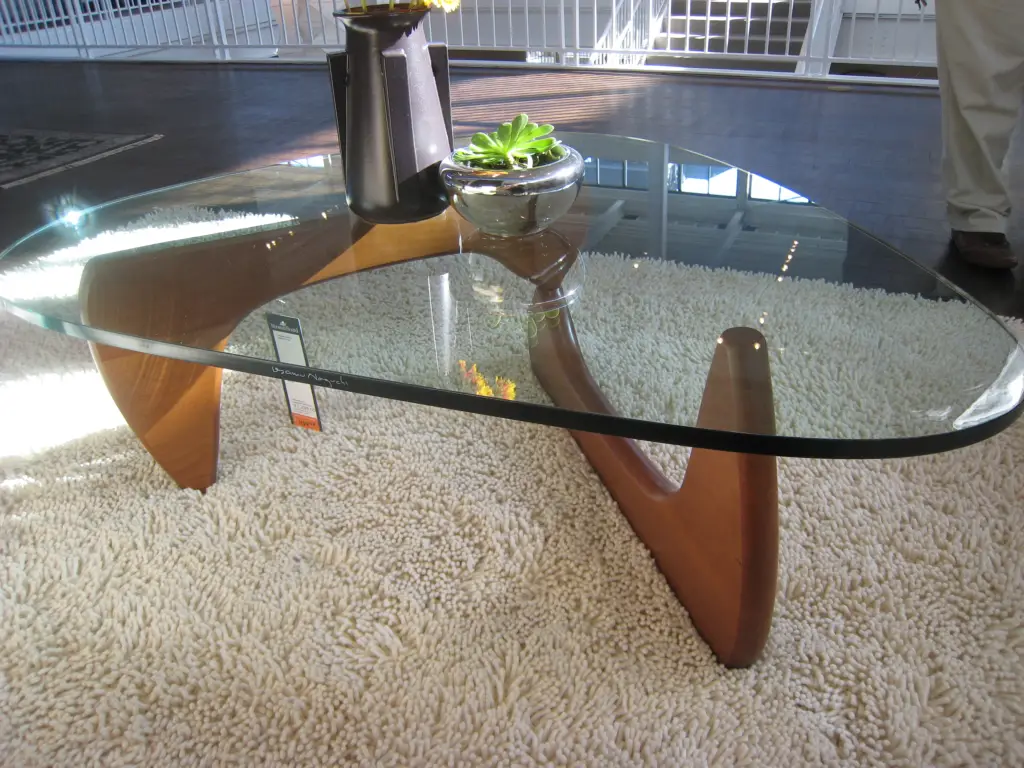Coffee tables are a staple piece of furniture in most living rooms, serving as both a functional and aesthetic centerpiece. With countless styles, shapes, and materials available, selecting the perfect coffee table can feel like a daunting task.
However, fear not! In this comprehensive guide, we’ll break down the process into 8 easy-to-follow steps, ensuring that you choose a coffee table that not only complements your space but also meets your needs and reflects your personal style.
1. Function First

When choosing a coffee table, it’s essential to consider its primary function. Will it primarily serve as a surface for drinks and snacks, or do you need it for storage purposes? Perhaps you require a sturdy table for board games or a multifunctional piece that can double as extra seating when entertaining guests.
By determining how you’ll use the table, you can narrow down your options and prioritize features that align with your lifestyle.
2. Colour & Style

Once you’ve identified the functional requirements, it’s time to think about the aesthetics. Consider the existing decor of your space, including the color palette, furniture style, and overall ambiance.
Do you prefer a modern, minimalist look, or are you drawn to more traditional or eclectic designs? Take cues from your existing decor to guide your choice of color and style for the coffee table, ensuring that it complements the space seamlessly while adding visual interest and personality.
3. Material is Everything

The material of your coffee table plays a significant role in its appearance, durability, and maintenance requirements. Common options include wood, metal, glass, and stone, each offering its own unique characteristics and aesthetic appeal. Wood, for example, provides warmth and versatility, with various finishes and grains to choose from.
Metal offers a sleek and modern look, while glass adds an elegant touch and creates a sense of spaciousness. Consider factors such as durability, ease of cleaning, and compatibility with your existing furniture when selecting the material for your coffee table, ensuring that it meets both your practical and aesthetic needs.
4. Choosing a Shape

Coffee tables come in a variety of shapes, including square, round, oval, and rectangular. The shape you choose should complement the layout of your furniture and the overall flow of the room. A round table, for example, works well in smaller spaces, where its curved edges help to soften the room’s aesthetic and improve traffic flow. In contrast, a rectangular table can anchor a large seating area, providing ample surface area for drinks, snacks, and decorative items.
Consider how people will navigate around the table and choose a shape that enhances the functionality of the space while maintaining visual harmony.
5. The Right Width

When selecting the width of your coffee table, aim for balance. It should be proportionate to the size of your seating area, allowing for easy access to seating without overcrowding the space. As a general rule of thumb, the table should be about two-thirds the length of your sofa to maintain visual harmony.
Consider the scale of your furniture and the overall layout of the room when determining the appropriate width for your coffee table, ensuring that it complements the space without overwhelming it.
6. Coffee Tables for Big Rooms

In larger rooms, you have the luxury of choosing a larger coffee table to fill the space. However, be mindful not to overpower the room with an oversized table. Instead, consider using multiple smaller tables or a combination of a larger statement piece and smaller accent tables to create visual interest and functionality.
This allows you to customize the layout to suit your needs while maintaining a cohesive look throughout the room. Experiment with different configurations and arrangements to find the perfect balance of scale and proportion for your space, ensuring that the coffee table enhances the overall aesthetic and functionality of the room.
7. Avoiding Height Blunders

The height of your coffee table is crucial for both aesthetics and functionality. It should be approximately the same height as the cushions of your sofa or slightly lower, ensuring comfortable access to the table without straining or reaching.
Additionally, consider the height of surrounding furniture, such as chairs and end tables, and aim for consistency to create a cohesive look throughout the room. Experiment with different heights and configurations to find the perfect balance for your space, ensuring that the coffee table enhances the overall aesthetic and functionality of the room.
8. The Ottoman as a Coffee Table Idea

For a versatile and multifunctional option, consider using an ottoman as your coffee table. Ottomans offer soft edges, making them ideal for homes with young children or pets. They also provide additional seating when needed and can double as a footrest.
To enhance functionality, choose an ottoman with a removable tray or storage compartment for added convenience. Additionally, consider upholstering the ottoman in a durable fabric that complements your existing decor, ensuring that it seamlessly integrates into the room’s aesthetic while providing a comfortable and functional centerpiece for your living space.
Final Words
Choosing the perfect coffee table requires careful consideration of both form and function. By following these 8 easy steps, you can confidently select a coffee table that complements your space, enhances its functionality, and reflects your personal style. Remember to prioritize your needs and preferences, experiment with different options, and have fun creating a stylish and inviting centerpiece for your living room. So go ahead, sip your coffee, and enjoy the stylish centerpiece of your living room!


